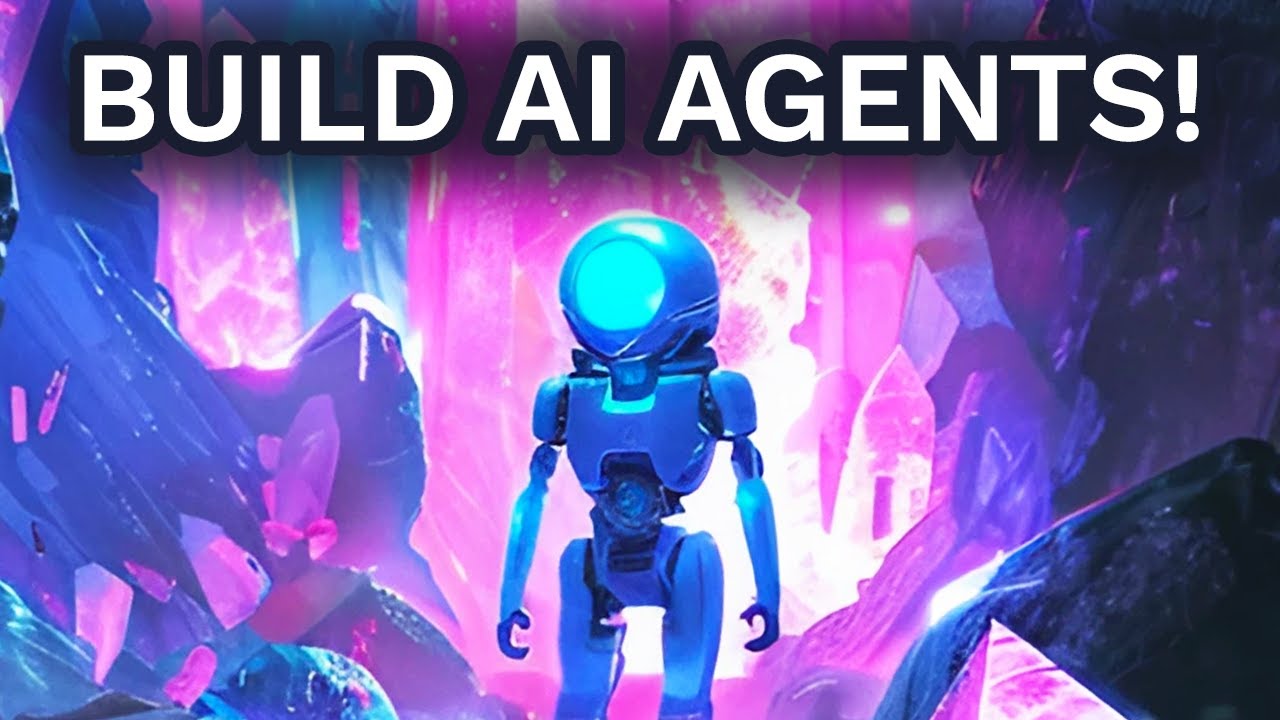
AI agents and conventional robots differ significantly in their focus and functionality. Traditional robots are physical entities engineered to execute tasks in the tangible world, whereas AI agents are software applications that emulate human intelligence to learn, reason, and independently solve problems. The primary distinction is in their approach: robotics centers on physical manipulation, while AI concentrates on digital processing and algorithm creation. Robots are coded to repetitively follow instructions, commonly utilized in sectors like industry or medicine for specific tasks. Conversely, AI exhibits more dynamism and finds application in diverse areas such as personalized care and education.
While AI can govern robots, they represent separate concepts. AI denotes software that imitates human intelligence, whereas the term ‘robots’ includes physical machines that perform tasks. An AI can exist solely as a software entity, but a robot necessitates a physical element in the real world for movement or task execution. To summarize, if we consider AI as the brain responsible for intelligent behavior, then a robot would be its physical body executing tasks in the real world.

